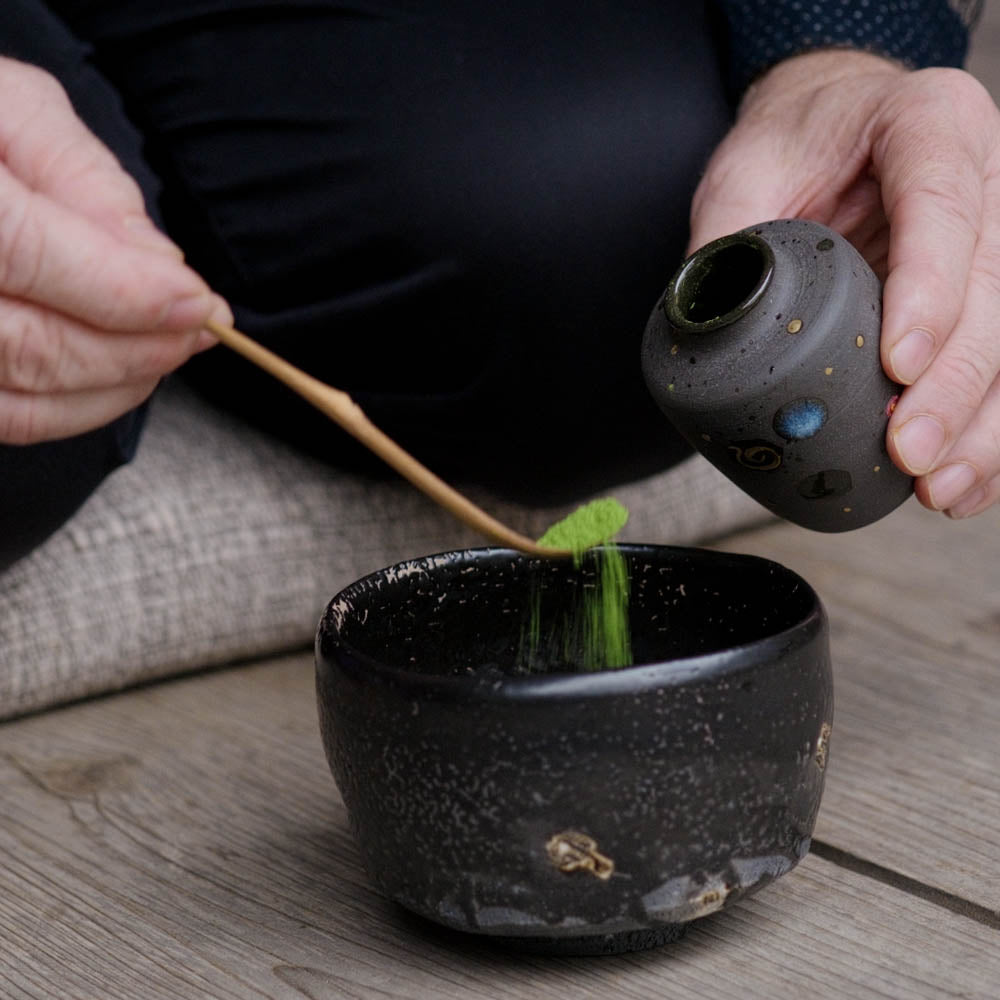Korean Approach to Wheel Throwing Workshop - 5 Days
Register
A unique five-day deep dive exploring the simplicity, efficiency, and beauty of the Korean approach to wheel throwing. Fundamentally different from western approaches, Korean methods emphasize working in harmony with clay—respecting its natural limitations and unlocking its expressive potential through intentional, refined movements.
Mallorca, Spain
October 8-12
Hikidashi Guro Teabowl and Matcha Workshop - 5 Days
Register
The making, firing and use of Japanese & Korean teabowls for enjoying matcha - a collaborative workshop with Douglas Black and Marco Minetti
Mallorca, Spain
October 15-19
This 5-day intensive workshop will offer a rare opportunity to dive deep into the aesthetics of making teabowls for the purpose of drinking matcha. We will learn to make Chawan (teabowls) using native clays and local materials in Marco Minetti’s ceramic studio.
Particularly unique for this course will be the chance to experience a hikidashi firing under the guidance of Douglas Black, in which chawan are ‘pulled’ from a kiln at their peak temperature with long metal tongs.
To celebrate the culmination of our efforts we will invite participants to share in the pleasure of enjoying and appreciating our own chawan within a casual tea ceremony on the last day of the course.
Course Details
Participants will study key aspects and details of the chawan and practice new forming techniques combining elements of throwing and handbuilding. After demonstrating different approaches, with influences from the Japanese and Korean traditions, Douglas and Marco will guide participants to create their own chawan. An emphasis on cultivating a mindset for staying open and free while forming on the potters wheel will be encouraged.
Participants will discover how to make and use bamboo or wooden trimming tools to form the foot of the bowls. Following a discussion on iron glaze formulation incorporating natural and foraged materials, we will glaze our work using a pouring ladle and load our pieces into the kiln on shells collected locally.
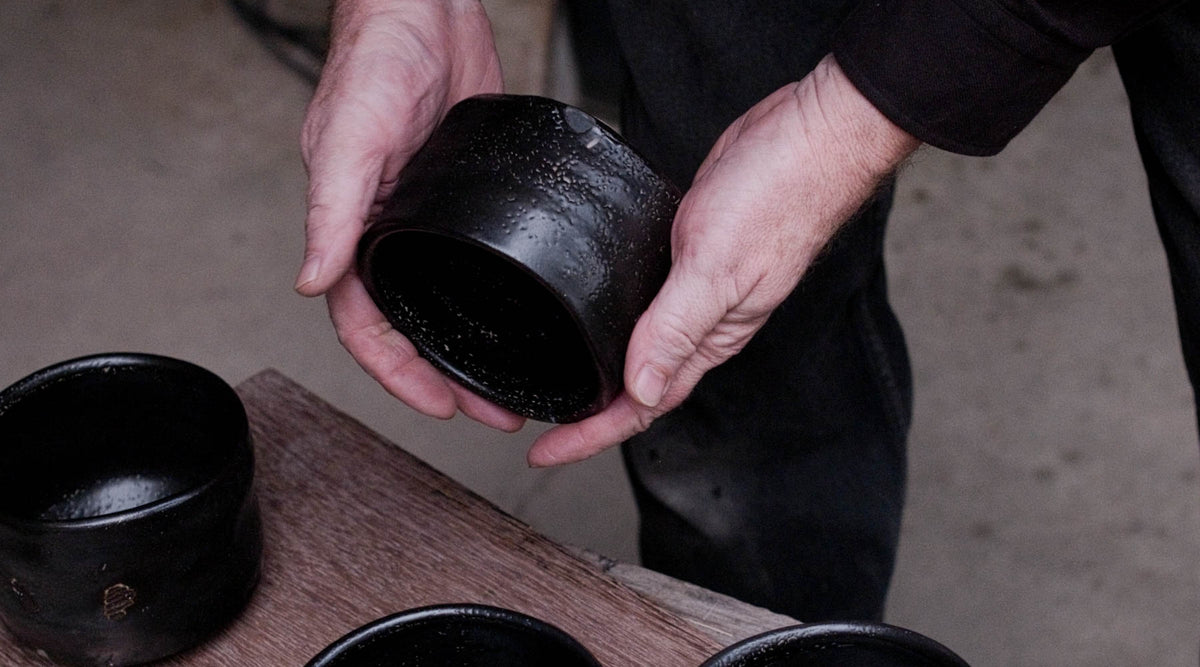
Douglas and Marco will share how we can create “softness” in teabowls, through a study of both form and choice of clays to affect the fired object’s look and feel. Softness and its particular beauty harmonizes well with the essence of matcha and is highly sought after in tea culture.
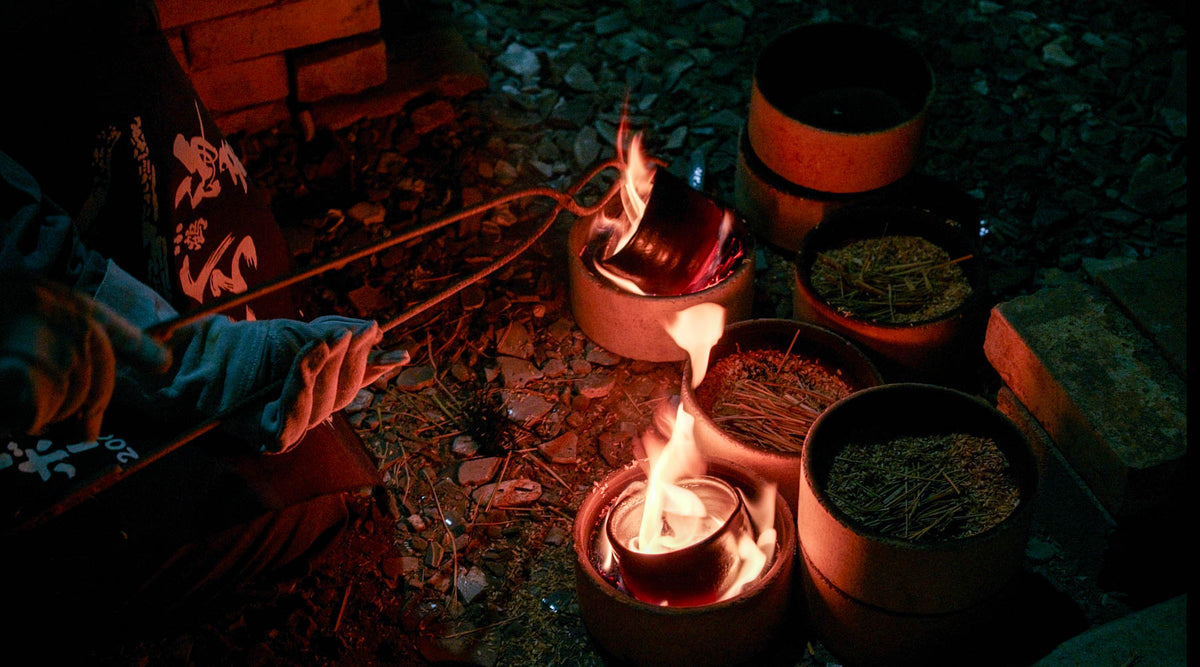
On the firing day we will introduce the hikidashi firing techniques including kiln design, schedules, pulling methods and reduction cooling options to create different surface effects. Each participant will have a chance to “pull” their piece made during the course from the kiln at 1220°C and internalize the magic of this beautiful technique.
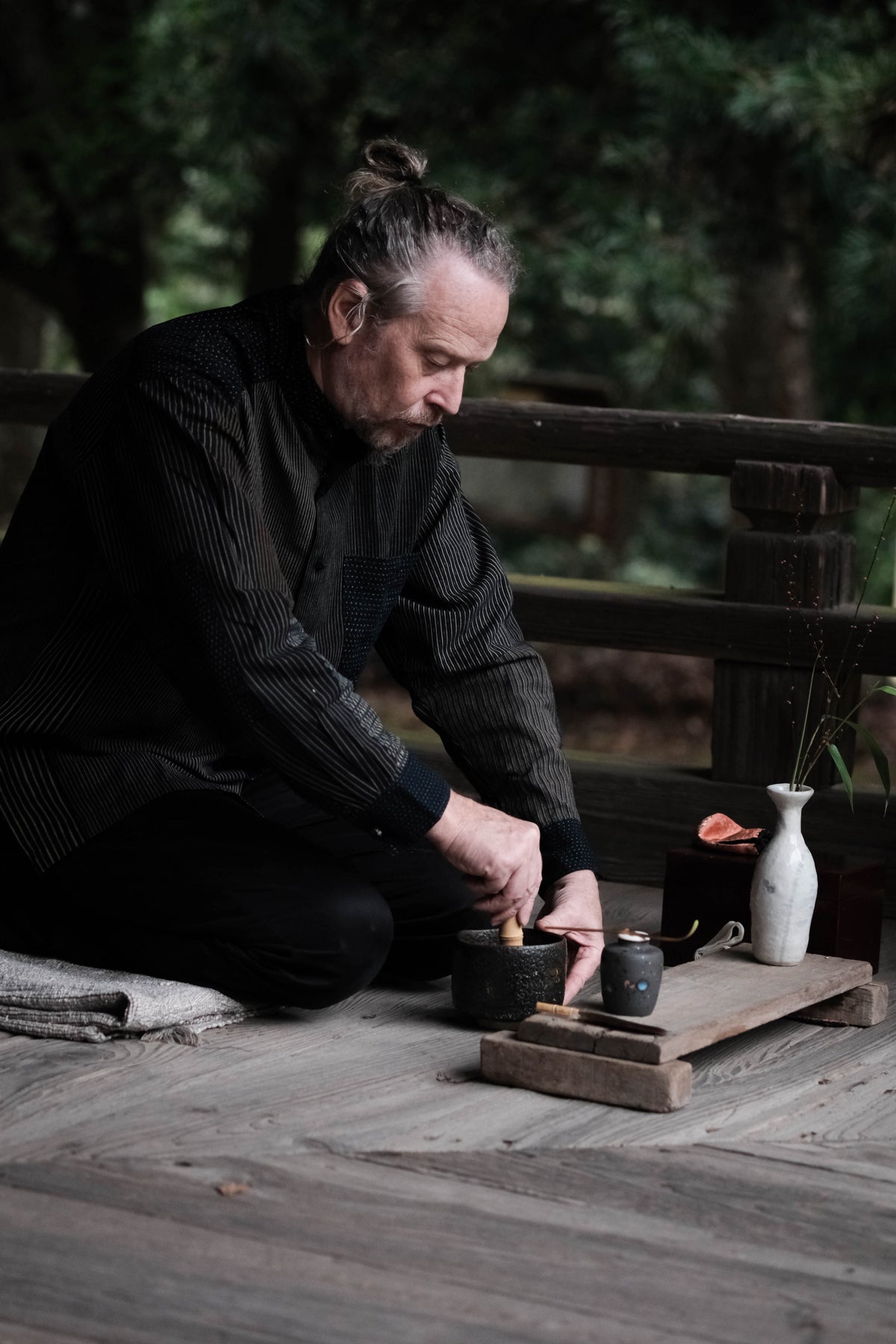
On the last day we will introduce the essential elements of a modern, casual approach to the Japanese tea ceremony as we partake in appreciating the beauty and enjoyment of tea from our new hikidashi chawan in a group setting.
From forming, glazing, and firing, to learning about matcha tools, preparation, serving, and enjoyment, participants will leave with a wide breadth of new skills at the intersection of a shared passion for ceramics, tea, and aesthetic pleasure.
Instructors
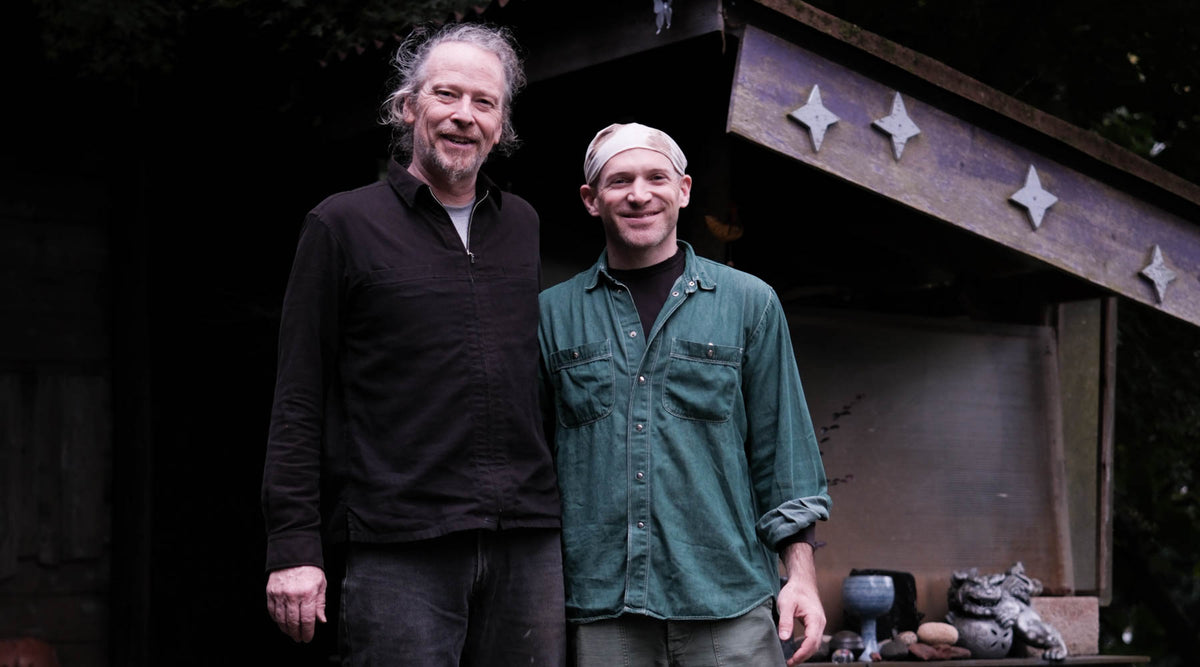
Douglas Black has been based in rural Japan as a full-time, independent artist for more than three decades. From his self-built studio and home in the mountains along the Naka River in the district of Mashiko, a center of the folk craft movement, Douglas has developed original styles influenced by the culture’s appreciation for everyday ware. His genre-crossing body of work ranges from simple, undecorated vessels, celadons, shino, sculpture, installations, and utensils for the tea ceremony (chado), which he studies. Douglas Black has practiced hikidashi for over 25 years. The methods and recipes he learned have been passed down from hikidashi legends.
Marco Minetti is an artist working with native clays in California. Drawn to the large fermentation vessels and the techniques to build them known as “onggi,” Marco dedicated more than five years to learning the coil and paddle technique in Korea as an apprentice to Kwak Kyungtae. Following extensive studies of Korean wheel throwing and buncheong, Korean influence became integral to his work. Both challenging and liberating, the layering of white clays over darker forms captures the energy and state of mind of the moment. Foraging and processing clays, minerals, and ashes while reinterpreting ancient forms offers an opportunity to maintain direct contact with the earth. He strives to honor this connection through an evolving body of work both in large scale forms, tableware, and teaware.
